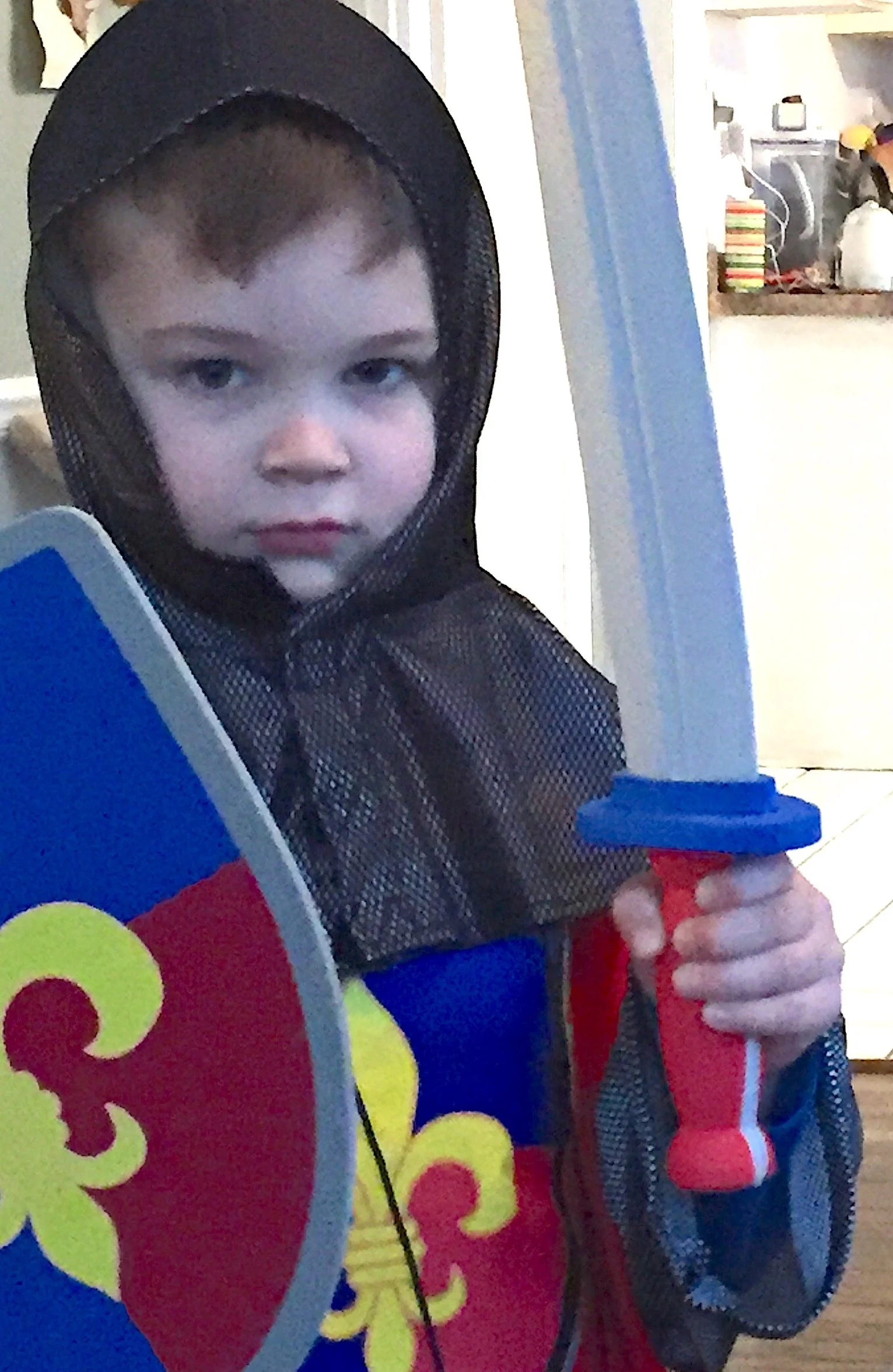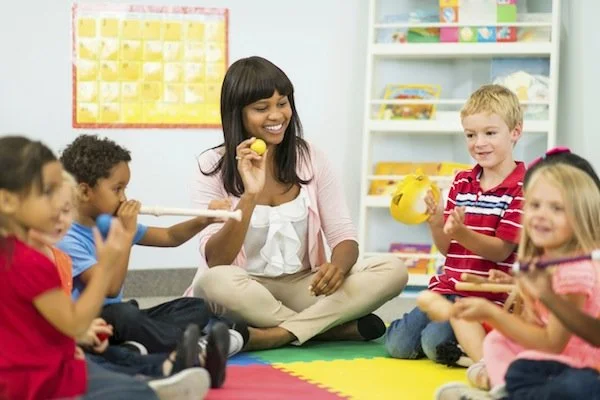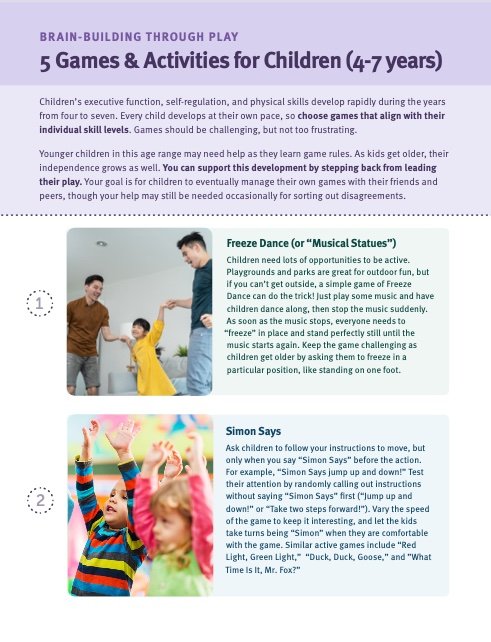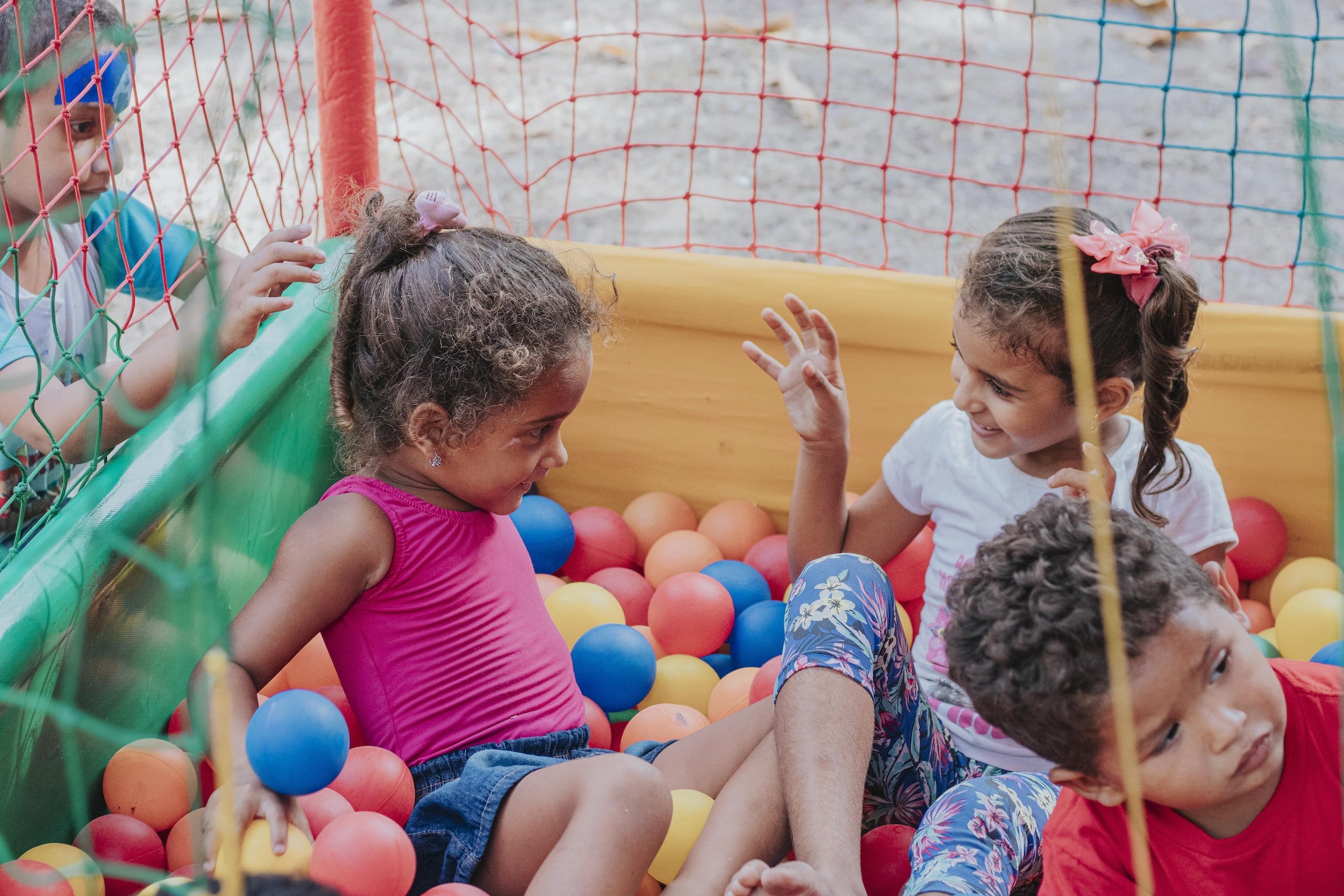
Protective Play in Resilience
There is nothing more magical that children’s imaginings! And, as it turns out, the strength of their make believe fuels many of the protective factors for resilience.
Collaboration, problem-solving, and conflict resolution feed into resilience, and are present in all rich children’s play. But more than that, there is something special about “make believe” We’ve learned that it is not only the foundation of emergent literacy, but also literally allows kids to create worlds where they can face fears, tackle challenges and be their own best selves.Make believe strengthens those emotional muscles that allow children to stretch outside of their comfort zones.
Being a hero on the playground in the context of a story lays the foundation for bouncing back when real life throws children fireballs of fear.
This page has resources that will help you harness all that vibrant energy of pretend, and intentionally nurture resilience as you address other parts of your curriculum as well. It’s important: so much so that the United Nations has put forward a proposal that the child’s right to play is fundamental to development.
Curated materials from the Resource Hub
The curated resources on this page will guide you on your learning quest!
From the Blog
Prescription for Play
Listen to pediatricians talk about play and children’s mental and physical stress…while watching kids engage joyfully in play!
Play in Early Childhood: The Role of Play in Any Setting
This video explains some of the many benefits of play, and shows many different places that play can take place, from classroom, to children’s museums, to…bus stops!
How To Get into Play-Based Learning, Pt. 1: What is Play?
This is the first in a great series for teachers that looks at play in the classroom. Teachers discuss common misconceptions about play and how to make sure play is intentional and aligns with learning goals, while still fun. Parts 2, 3, and 4 discuss the how tos specifically, including…assessment!
Executive Function Activities Guide
This free download from the Center on the Developing Child could be called: Putting the FUN in Executive FUNction! It’s not…it’s real title is Activities Guide: Enhancing and Practicing Executive Function Skills with Children from Infancy to Adolescence. It’s chock-full of age-targeted ideas about how play and story support development!
Helicopter Stories: Letting Imagination Fly
Based on the work of Vivian Gussin Paley, this video goes step by step through the storytelling/storyacting process Paley used for decades with young children. Trisha Lee also gives insights to teachers she works with about the process.
Library of All Things Play!
Want a one-stop resource of articles, handouts, podcasts and more that focus on how play nurtures and protects children’s learning and development? This is it! Risky play, loose parts, projects, stories…it’s all here!
Play Builds Resilience! Free Handouts from Harvard!
This set of free downloads from the Center on the Developing Child focuses on simple, playful ways to promote resilience and executive functions. Ranging from birth through adolescence, each handout has five or six age-targeted ideas that support development!
Nurturing Resilience in Children Living with Family Substance Use Disorder Through Storytelling
This podcast gives an overview of why resilience is so important for teachers to know about. Then, the interview turns to how storytelling, play, and developmentally appropriate practices promote resilience in young children.
Be sure to also check out the many terrific videos on resilience on the Center for Resilient Children’s YouTube page
